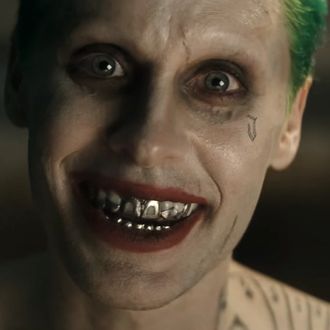
You may have noticed as of late that a lot of movie trailers use eerie, slowed-down versions of pop songs: Fifty Shades of Grey remixed Beyoncé’s “Crazy in Love,” Mad Max: Fury Road twisted up Cat Stevens’s “Wild World,” and, most recently, the Suicide Squad trailer uses a funereal cover of the Bee Gees’s “I Started a Joke.” The effect is like that of a little girl singing a nursery rhyme in a horror movie. “What the cover song does is it gives the audience something to grab onto within the first 10 seconds of hearing it, it gives them something to recognize … So they’d be like, Oh, I know this song,” Marcy Bulkeley, the music director for a movie-trailer production house, told Slate. “These eerily remixed songs have more of an impact on the audience. An audience hears something that they usually equate to feeling happy or upbeat, and hav[ing] it flipped upside-down makes them pause for a moment. While it’s a familiar song, the remix gives them an entirely different feeling.”
Students of Western philosophy will recognize this technique as psychoanalyst Sigmund Freud’s theory of the uncanny — or unheimliche — in action. It’s a time-tested trope present in everything from fairy tales to horror flicks, where the familiar (heimliche) becomes eerie and uncanny. Slowing down a pop song is a way of twisting what was once familiar and joyful into something unsettling. Basically, when movie trailers turn your favorite pop song into a lugubrious dirge, you can blame Freud. Or your parents.




